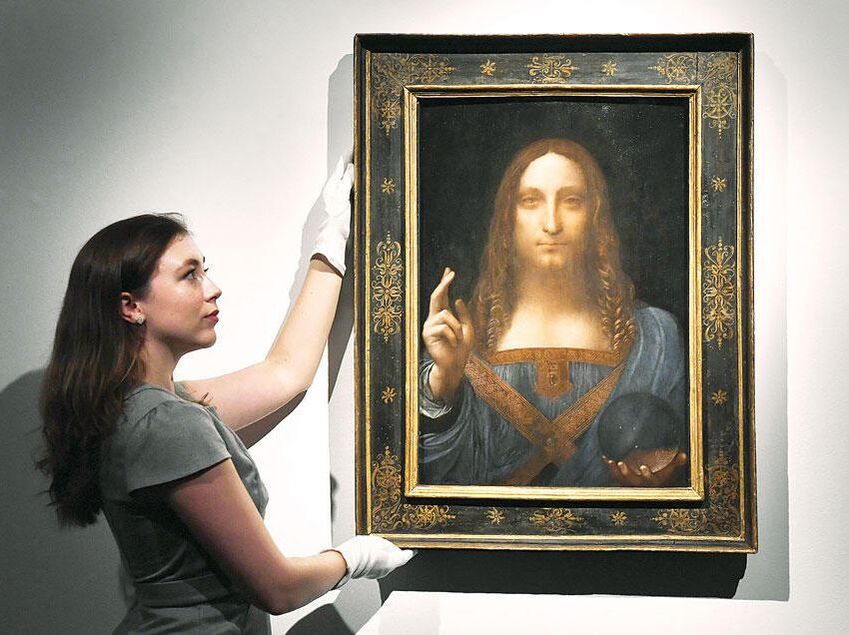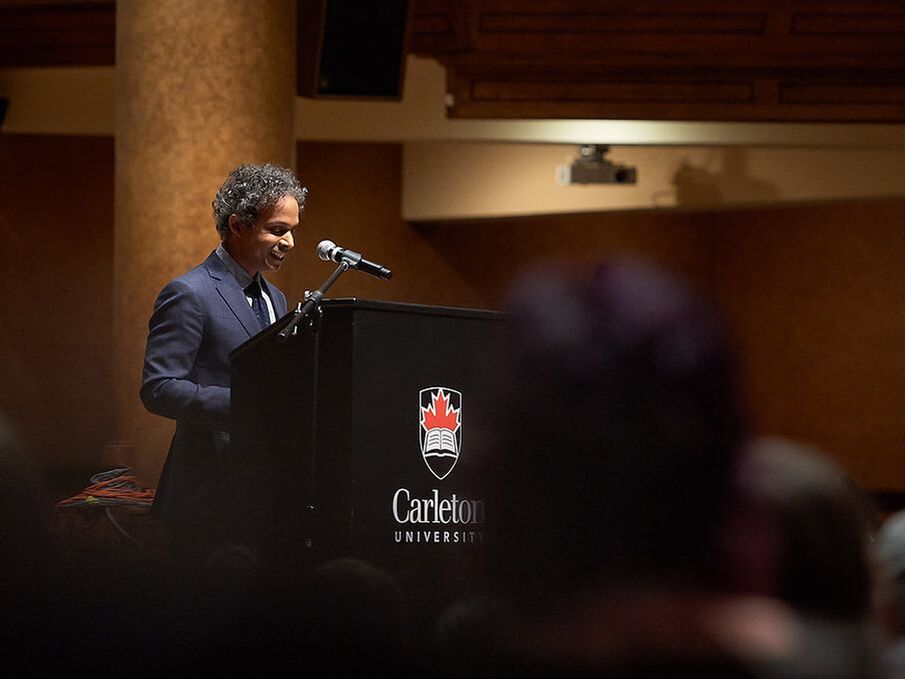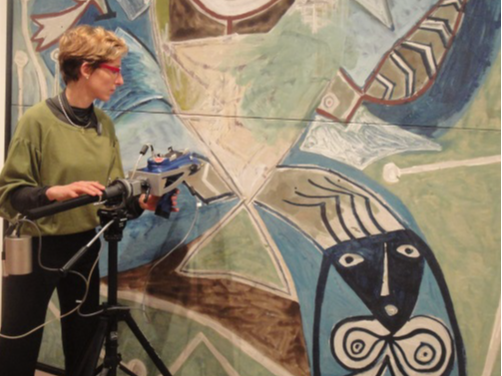- Home
- Technology
- Management
- Health Care
- Earth Sciences
- Particle Physics
- Engineering
- Stories of Turtle Island
- Startup Companies
- The Lost Ships of the Franklin Expedition
- Wildlife
- Archaeology
- Palaeontology
- Architecture, Land Use and Planning
- Politics and International Development
- COVID-19
- University Life
Oxford emeritus professor Martin Kemp identifies characteristic da Vinci techniques in Salvator Mundi]Leonardo da Vinci was prolific in producing sketches and notes, but as a painter, he was painfully slow. It took him four years to paint the Mona Lisa and, in all, fewer than 20 paintings that are attributed to the Renaissance master.
Salvator Mundi is one of them. Latin for “saviour of the world,” it’s a portrait of Jesus of Nazareth wearing Renaissance robes, as he gazes magnanimously and cradles a crystal orb. It’s one of Leonardo’s most copied paintings, but for centuries the original was thought to be lost. Then it was found, and now it’s missing again. Click here for full text |
MSNBC's Ali Velshi cautions against the weaponization of identity politics in Herb Gray LecturePolitics has been called the art of compromise, but it has become a zero sum game.
Or at least it has for some culture warriors. The Toronto-born journalist with NBC News and MSNBC noted that when identity is mobilized toward political ends it has highlighted injustices against marginalized groups, but identity has also been used to tool marginalize people. Scapegoating has even preceded some of humanity’s worst atrocities. Click here for full text |
Princeton physicist Freeman Dyson delivers Herzberg lecture on biological and cultural evolutionFrom a single-celled organism in the distant past, life evolved into an array of species so diverse they defy superlatives.
Unique adaptations gave species an advantage – the superior fitness to fill an ecological niche. There are about 4,000 species of mammals – towering giraffes nibble on acacia leaves out of reach for other animals, and the wings of the albatross carry it to the Pacific’s most remote fishing grounds. Nearly 300,000 species of plants have their own adaptations. Towering redwoods absorb California’s morning mist. Click here for full text |
Alison Mountz examines American war resistors in Canada through multiple conflictsWar resistors are a very particular kind of migrant – and a very politicized kind.
During the Vietnam War era, tens of thousands of war-resisting Americans fled to Canada, and their integration into Canadian society helped cement the country’s peace-loving image. But when U.S. soldiers began fleeing to Canada to resist the War on Terror in the 2000s, politicians were less welcoming. “In 1970, Prime Minister Pierre Trudeau famously said that Canada should be a refuge from militarism,” says Alison Mountz, Canada Research Chair in Global Migration at Wilfrid Laurier University’s Balsillie School of International Affairs. Click here for full text |
Through the lens of fiction, novelist David Chariandy revisits the university experienceFar from the ever-evolving Scarborough Bluffs that featured in his novel
Soucouyant, where erosion induces a state of constant reinvention to those malleable cliffs of sand and clay, a young David Chariandy struggled to reinvent himself as a first-year student. It an opportunity to start fresh, and a major step on his journey to becoming an acclaimed novelist, but that journey got off to an awfully rocky start. In The First Semester, a fictional story that Chariandy created for this year’s Munro Beattie lecture, he filtered his experiences as a first-year student through a fictional character whose trajectory bears a startling resemblance to his own. Click here for full text |
Chemistry and imaging technology reveal that Picasso used widely available French house paintPablo Picasso wasn’t only an innovative artist; he was highly prolific too. By the time he died at the age of 91, he had produced more than 36,000 works. That’s more than one work of art a day, every day of his life.
How did Picasso maintain that kind of pace? Partly by using a French house paint called Ripolin that was widely available, and dried quickly than oil-based. “People have speculated about why he first picked up house paint, and there are elegant theories about how it was a proletarian gesture — to use a low material to make high art,” says Francesca Casadio of the Art Institute of Chicago. Click here for full text |





